On 19 November 2019, INEA in cooperation with CIVITAS SATELLITE hosted a cluster workshop of the H2020 “neighbourhoods projects”, namely CITIES-4-PEOPLE, SUNRISE, MUV and METAMORPHOSIS.
The event was moderated by Meia Wippoo, lead of the Co-creation Lab of WAAG, and our project partner at Cities-4-People.
The event was opened by members of INEA, DG MOVE and DG RTD, who explained the purpose of having an event gathering active practitioners of co-creation. As a matter of fact, being closer to citizens is gaining more and more importance in the EU agenda. With sustainable urban mobility planning, the focus has been moved from traffic to people and neighbourhoods are the place where every day’s life unfolds. There are no administratively defined limits for neighbourhoods, they are simply defined by the people living in them and interacting with each other. With co-creation at the local level, solutions are developed bottom up and power is brought to the citizens. When these solutions are succesful, they become a model that other cities can replicate. Hence, with co-creation new methods and a new set of collaborations are established.
After this introductory phase, the four projects presented their goals and progress, along with the lessons learnt during the various co-creation activities together with the citizens. Representatives from some of the pilot areas also intervened bringing their local experience with the projects.
In the afternoon, a workshop was hosted following the World Café’ method. Four tables of discussion were organised, each focusing on one of the focal issues of co-creation:
- Common challenges in co-creation at the neighbourhood level: getting started, engaging the political level, consultation fatigue, hard to reach groups.
- Mobility planning for vulnerable user groups: elderly, children, low income, migrants.
- Participation techniques tools to engage citizens and co-create at neighbourhood level.
- Co-evaluation in co-creation projects.
The event was very successful and made clear how co-creation works and is determinant to develop solutions “by the people for the people”. Co-creation brings new tools and approaches that are opening up the way to new types of innovation. The objective now is to create a lasting legacy even after the projects end, in the form of a co-developed path for “sustainable neighbourhood mobility plan”.
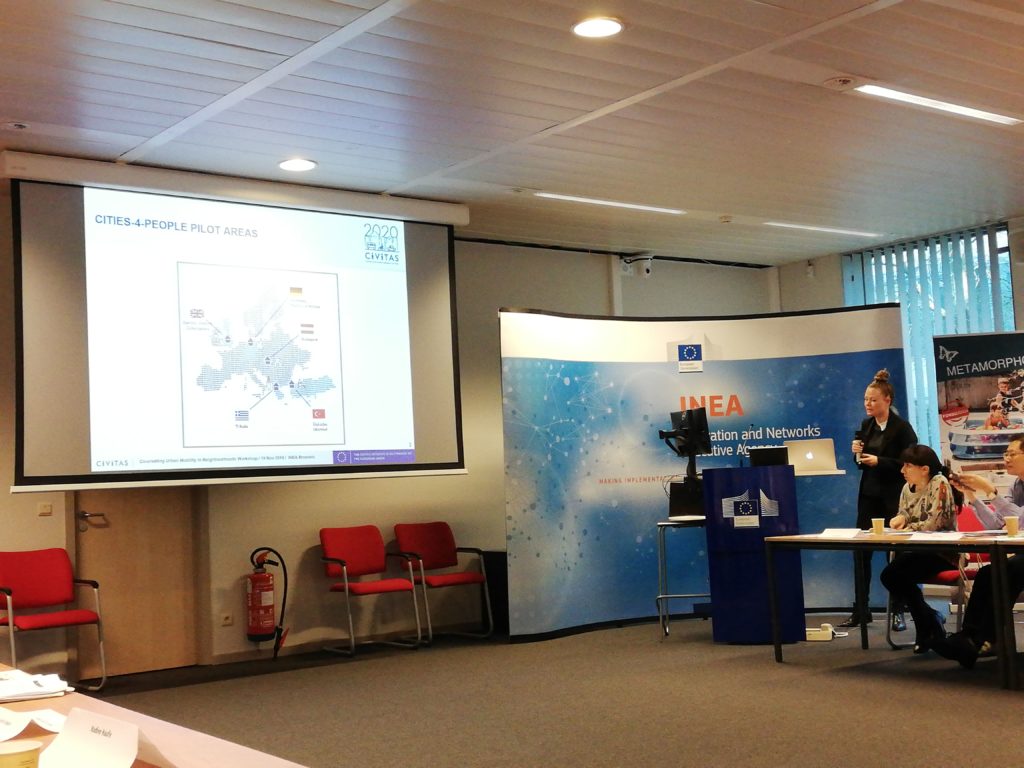
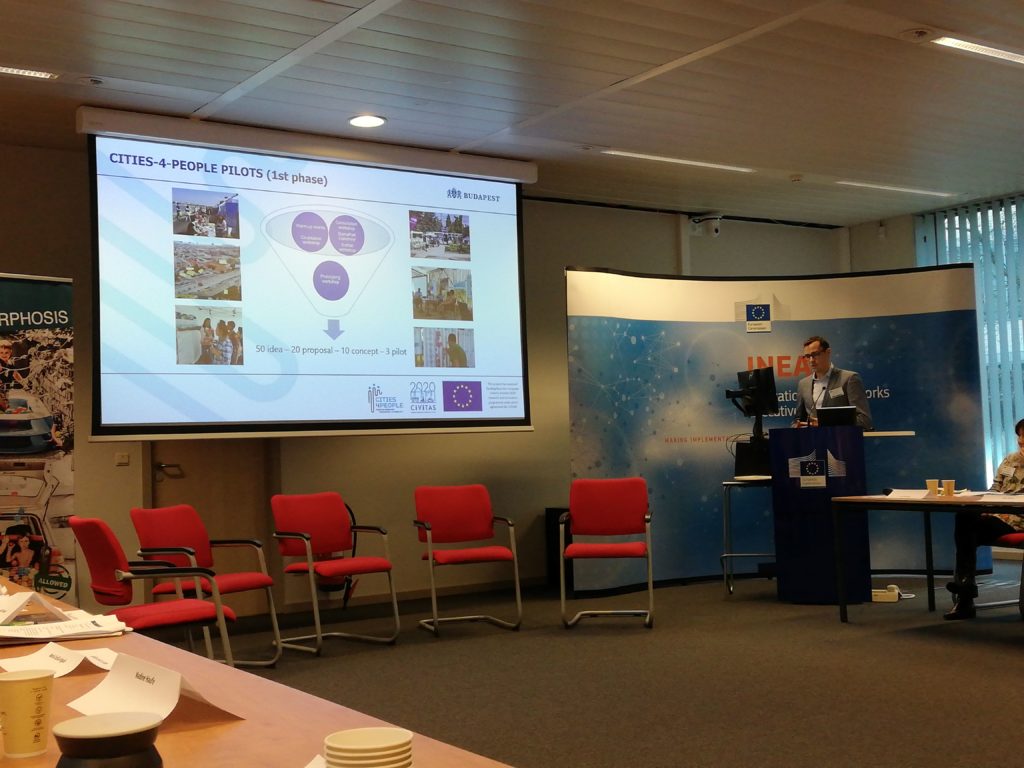

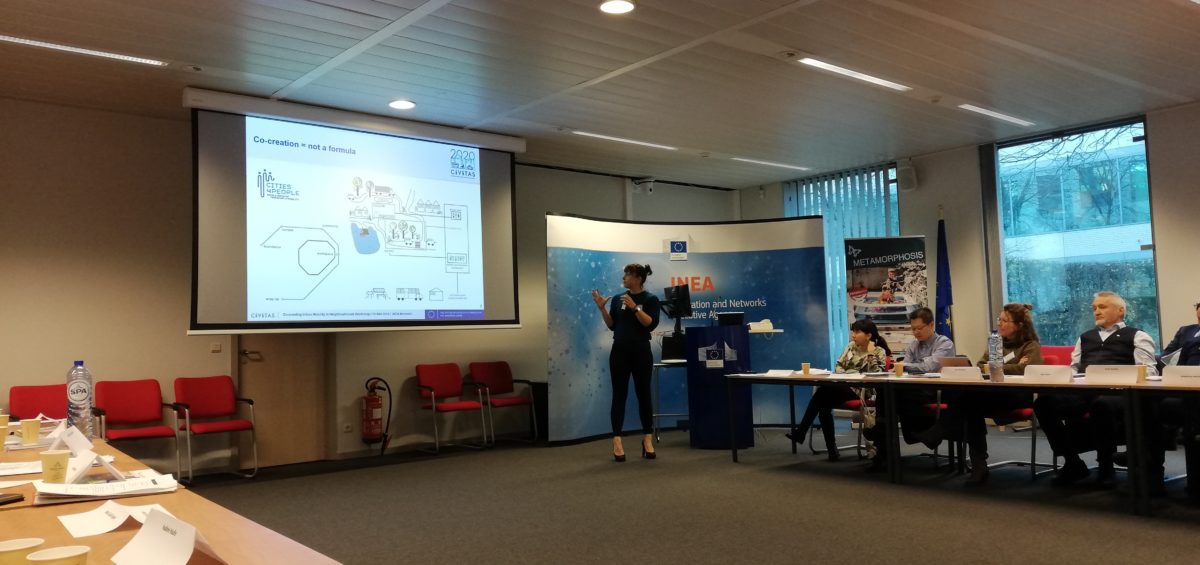
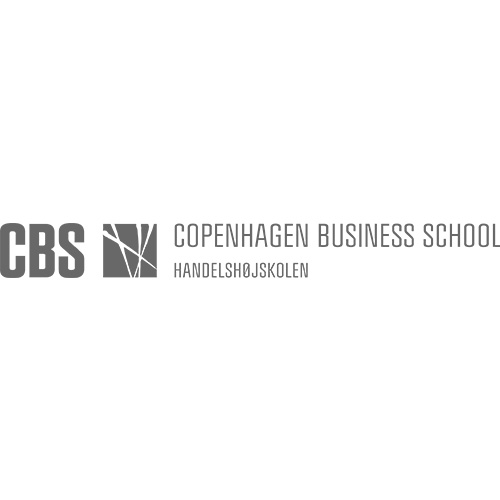
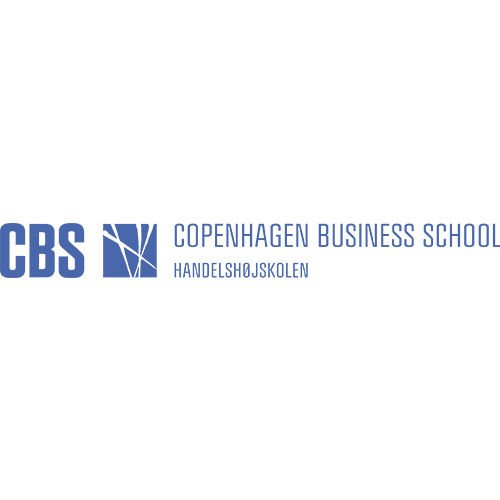
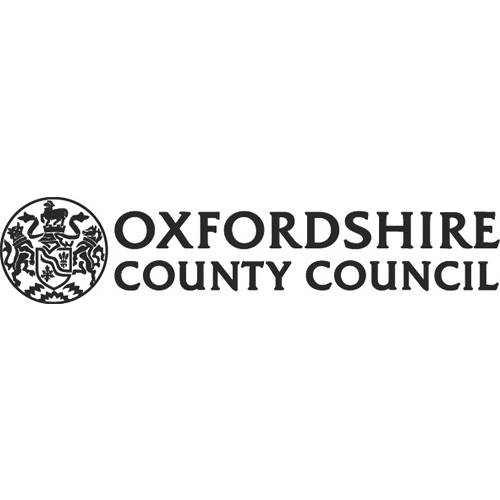

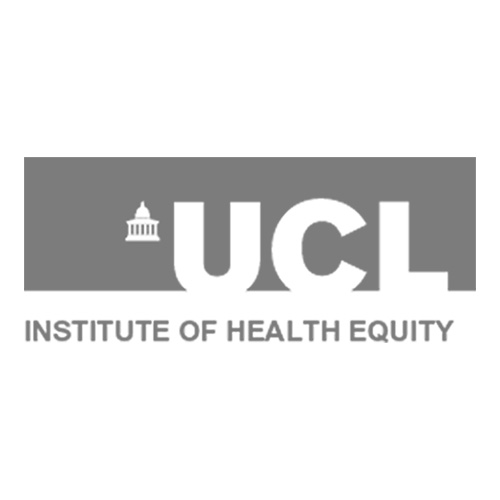
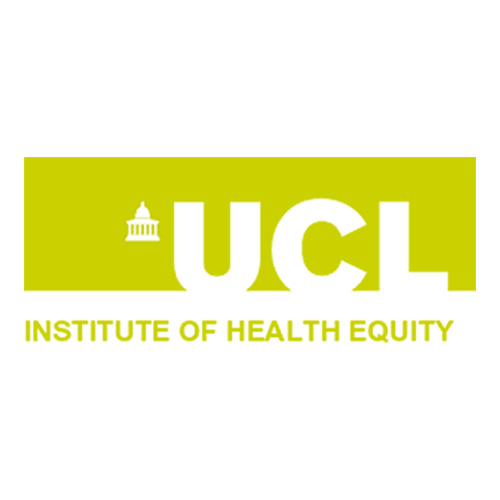
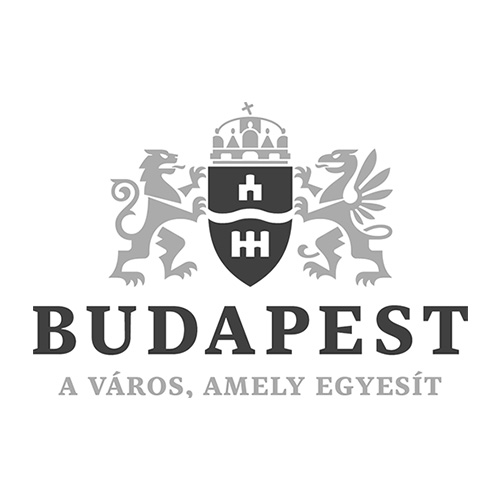
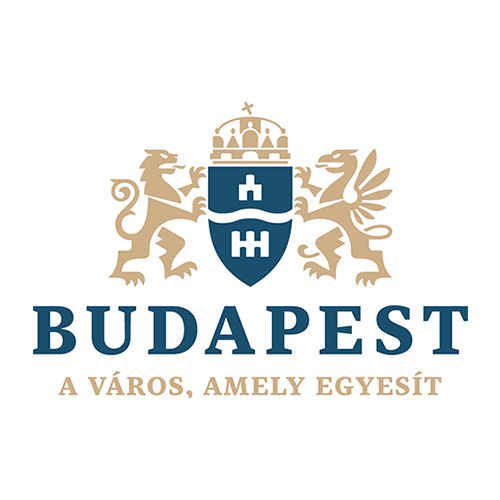
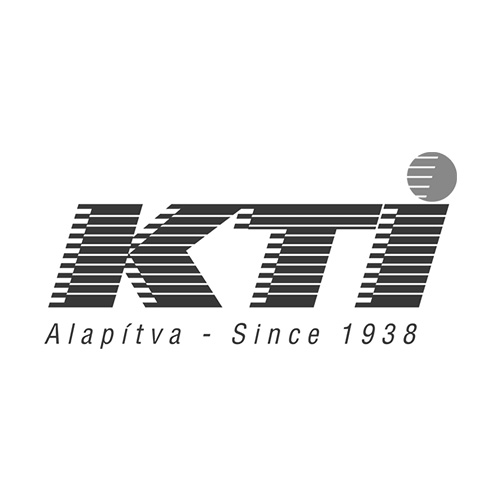
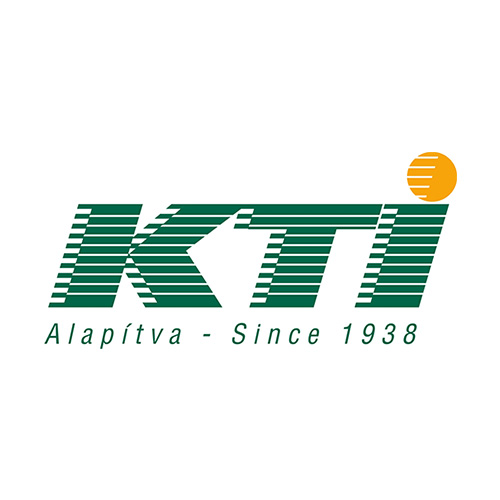
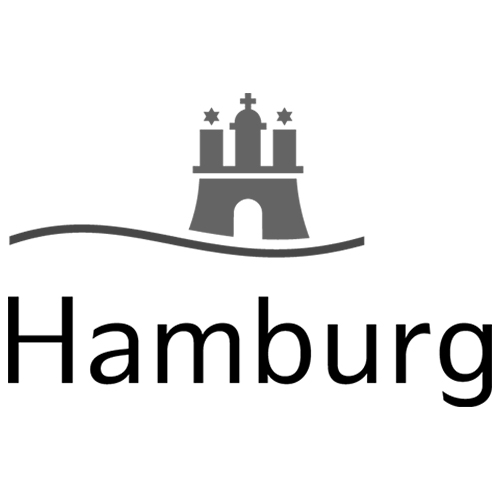
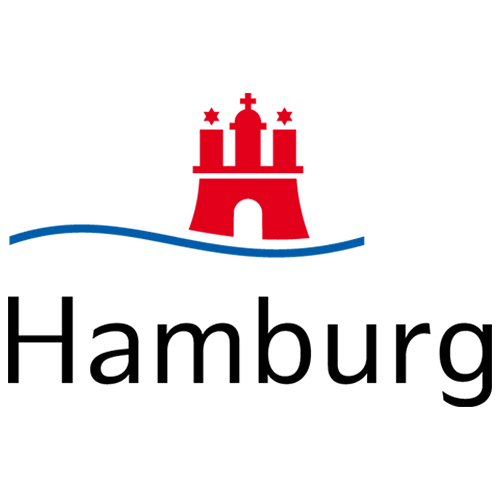
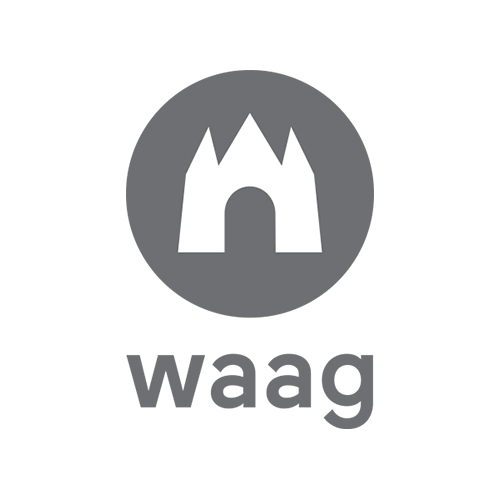

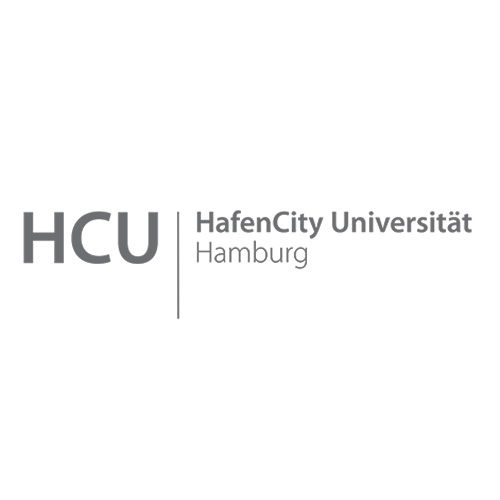
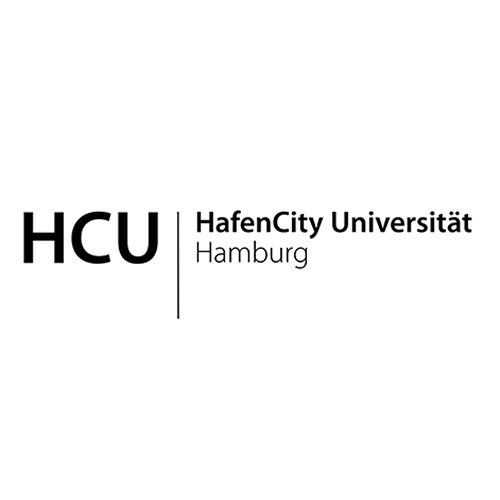
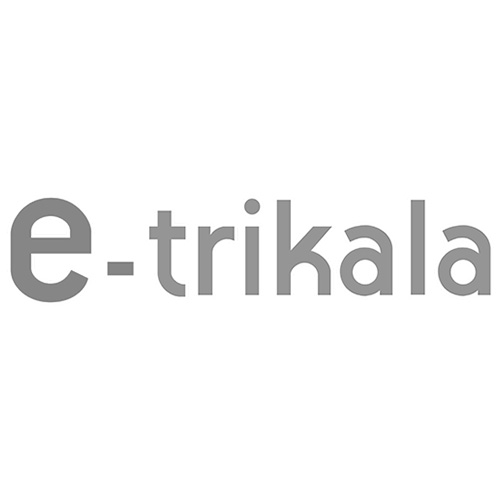
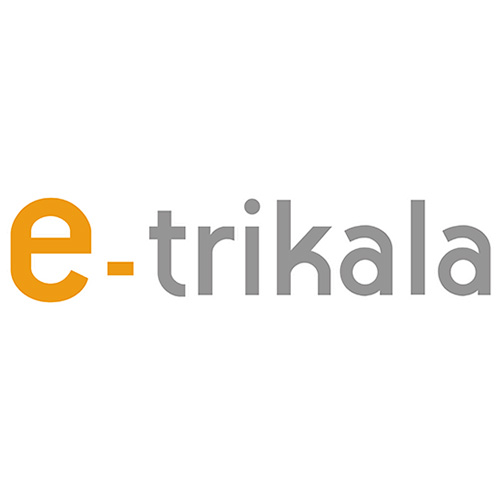
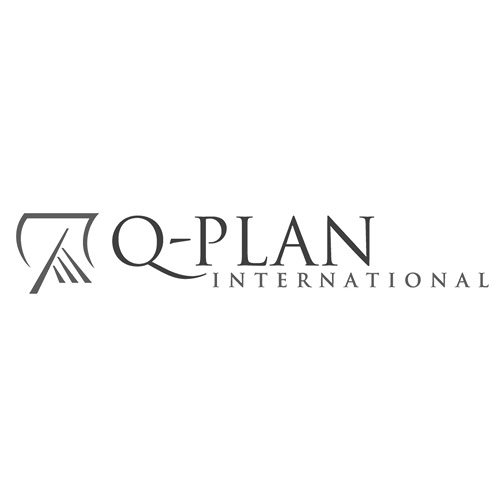
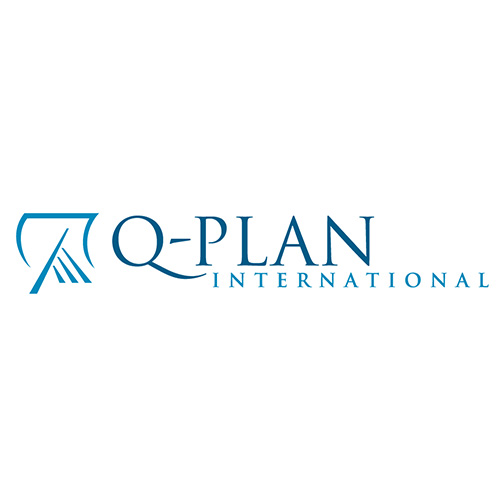
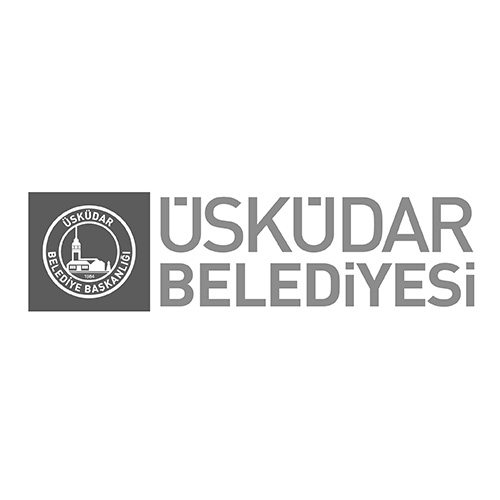


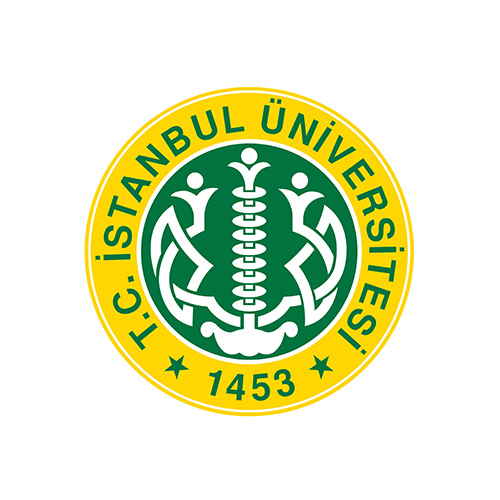


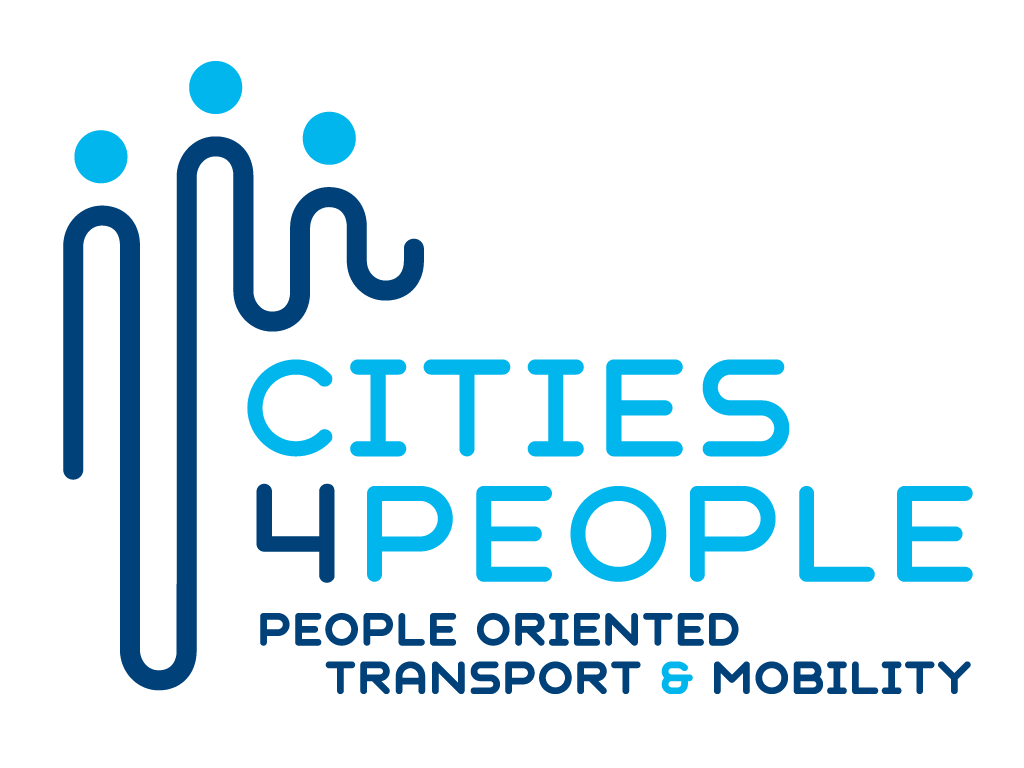
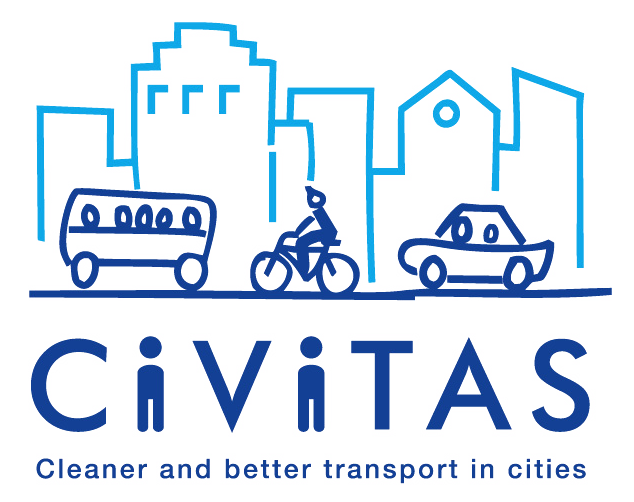


 English
English Ελληνικά
Ελληνικά Deutsch
Deutsch Turkish
Turkish